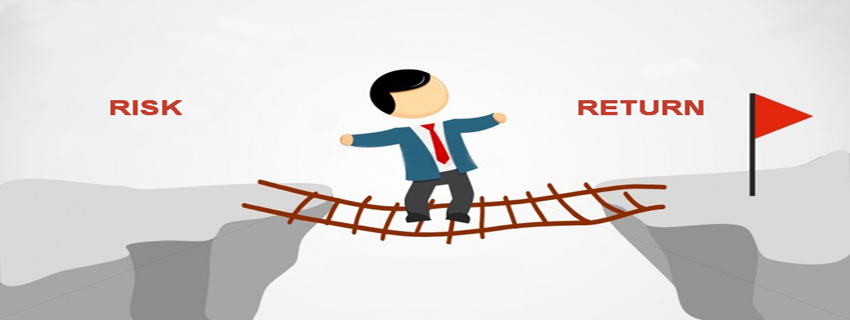Rate your mutual fund only on the bases of risk adjusted returns.
We have a huge variety of Mutual Fund schemes available in India today and new ones being launched every next day. Investment jargons which are commonly used by the mutual fund industry are not easy to understand for the common man either. So how does one select the best mutual fund that suitstheir need? We have tried to demystify the mutual funds to make it easier for you to analyze the same.
Comparing apples to apples
When comparing mutual fund one should compare it against its peers and the Benchmark Index. Comparing the performance of a diversified equity fund with a balanced fund or a large cap equity fund with a small cap fund will not be of much significance as the underlying securities and investment style will be completely different. In case you are looking to find the best tax saving schemes you should compare the performances with other Equity Linked Saving Schemes (ELSS) and CRISIL – AMFI ELSS Fund Performance Index. Similarly a mutual fund may go to town claiming to have given a return of 17% over last five years. It may sound very compellingbut during the same time if the Benchmark Index has given a return on 21% the fund in reality has underperformed.One should take care to select the right tenure for when comparing performance. Both long term as well short term performance matters. Fund’s long term history indicates that how the fund has performed during different market conditions.The fund that did fairly well earlier but underperformed in last one year compared to its benchmark cannot be considered a good fund.
How about risk
Everyone wants high returns but often fail to consider the risk employed to generate such returns. All investments by their very definition have some kind of risk in it. Less risk in investment limits the scope of generating higher returns. The wisdom therefor is to effectively manage the risk to generate superior returns. The securities with lowest risk are the ones issued by the government like T-Bills. These are considered virtually risk free as they are guaranteed by the government. If two mutual funds generate the same return over the same period however one employs more risk compared to the other then the fund with lower risk is more attractive that the other. Below are some of the common methods of measuring risk.
Alpha
Jensen’s Alphaof just Alpha is a measure of performance on a risk adjusted bases.Alpha”, is used to measure the risk-adjusted performance of a security or portfolio in relation to the expected market return.Alpha takes the volatility of a mutual fund and compares its risk-adjusted performance to a benchmark index. The excess return of the fund relative to the return of the benchmark index is a fund’s alpha. Higher the alpha better the fund is.
Beta
Beta compares the volatility of the fund with the market as whole. By definition the market has a beta of 1.0. A beta of more than 1.0 indicates that the fund will be more volatile than the market and vice versa.
R-Squared
It measures the percentage of the fund’s portfolio that can be attributed by the movement of the benchmarked Index. R-squared values ranges from 0-100. R-squared between 85 and 100 closely correlate the index. A fund with R-squared with 70 or less doesn’t act much like the benchmark index.
Sharpe Ratio
Sharpe is a ratio that measures the risk-adjusted performance. It tells investors whether the returns are due to smart investment decision of fund manager or a result of excessive risks taken in the portfolio. Aportfolio with higher Sharpe ratio indicated its better risk-adjusted performance. A negative Sharpe ratio indicates that the portfolio has underperformed even the risk-free asset.
Sortino Ratio
Sortino is similar to Sharpe ratio except that it considers only downward volatility. Higher the Sortino ratio the better it is.
Expenses Ratio
Expenses affect the returns generated by a mutual fund. It should be looked into for all mutual funds in general and Debt funds in particular. A fund with lower expansewill yield better compared to one with higher expenses provided all other parameters remain same. That’s the reason why direct plans of mutual funds deliverlittle higher return than regular plans.
In addition to these all investor must consider exit load applicable in the scheme. Though entry load has been abolished in mutual funds yet some schemes charge exit load, if units are redeemed before the particular holding period. Mutual fund is an excellent investment vehicle but an informed decision will only help you achieving your objective


